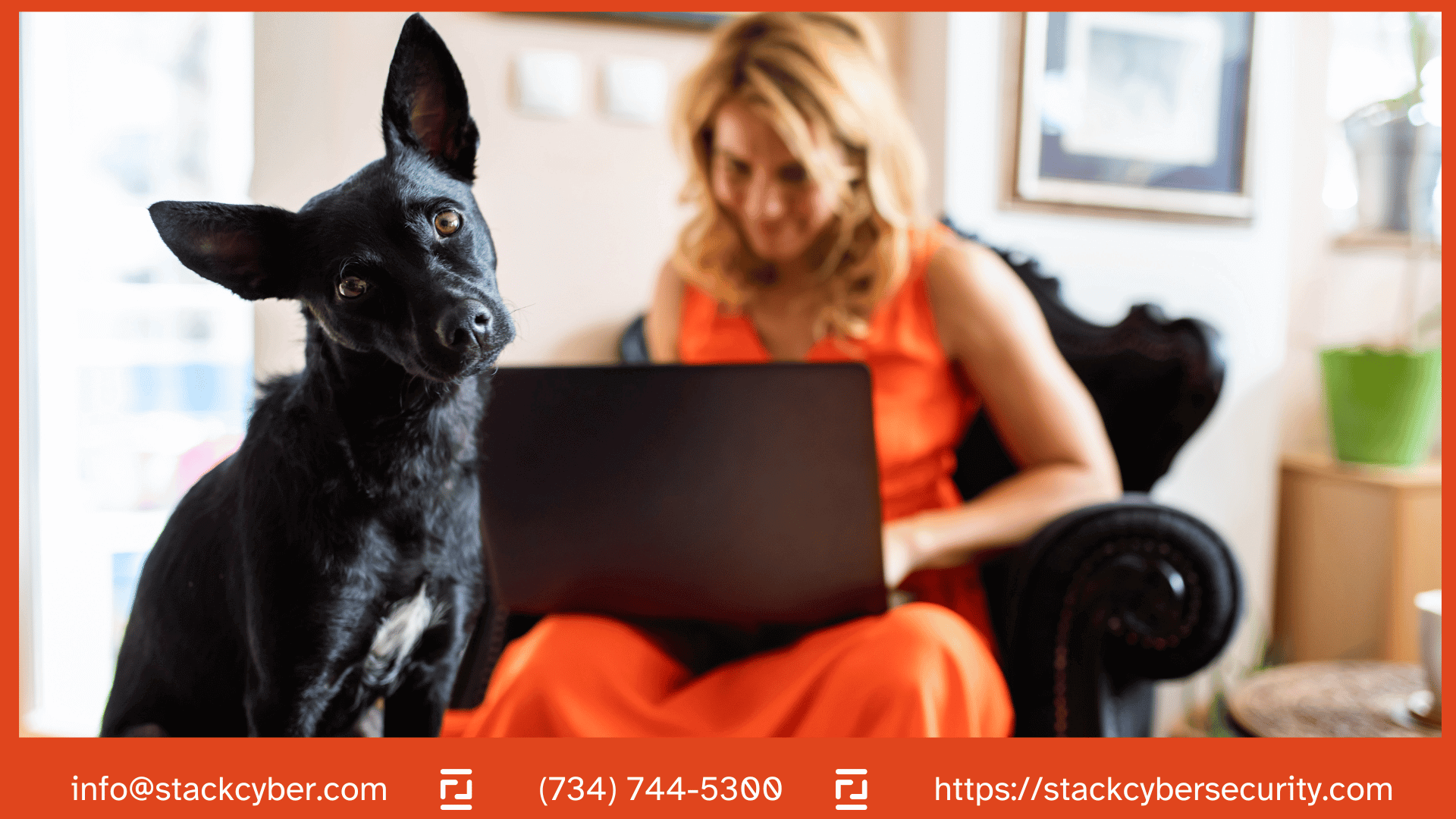
Telecommuting Cybersecurity: Essential Practices for Protecting Your Data
Aug 23, 2024
The shift to remote work has fundamentally transformed the modern workplace, eliminating the need for rigid office schedules and commutes. However, this flexibility introduces new challenges, particularly in cybersecurity.
Remote work environments can expose your organization’s data and systems to vulnerabilities. In fact, an OpenVPN report showed 73% of executives believe remote work increases security risks. The “Remote Work Cybersecurity Challenges” survey highlighted that many vice-presidents and C-Suite IT executives view remote workers as posing a greater cybersecurity risk than on-site employees, primarily due to potential lapses in security protocols and cyber hygiene.
Fortunately, these risks can be mitigated. Below, we outline essential security practices for remote teams to help keep company data safe and secure, regardless of location.
“At STACK Cybersecurity, we understand the shift to remote work has introduced new challenges in protecting sensitive data," said CEO Rich Miller. “Our mission is to provide robust security solutions that empower organizations to work flexibly and securely, no matter where their teams are located.”
1. SECURING HOME NETWORKS
Strong Wi-Fi Encryption
Ensure your Wi-Fi is encrypted with the latest security protocols, such as WPA3. This foundational step secures your home network, preventing unauthorized users from accessing your network and intercepting data.
Change Default Router Settings
Many routers come with default usernames and passwords, which are well-known to cybercriminals. Change these to unique, strong credentials to prevent unauthorized access to your network.
2. USING STRONG, UNIQUE PASSWORDS
Password Managers
Remote workers often use multiple accounts and services for their work, making password management a daunting task. Password managers can generate, store, and autofill complex passwords, ensuring each account has a unique and strong password. At STACK Cyber, we use the Keeper® Security password manager.
Keeper’s platform gives administrators the power to adjust their organization’s access levels to critical data and credentials across individuals and teams. Keeper uses role-based access control (RBAC) to support least-privileged access and tracks all user activity from every location and on every device.
A billion credentials were stolen last year from multiple data breaches. According to Verizon's Data Breach Report, 81% of data breaches are caused by compromised, weak, and reused passwords.
Multi-Factor Authentication (MFA)
Installing MFA adds an extra layer of security. Even if a hacker compromises a password, MFA requires a second form of verification, usually a text message code or app authentication. This second step makes it much harder for attackers to breach accounts.
3. PROTECTING DEVICES
Antivirus/Anti-Malware Software
Ensure that all devices used for work purposes have up-to-date anti-malware software installed. These tools can detect and neutralize threats before they cause significant damage.
Regular Software Updates
Outdated software can have vulnerabilities that are exploited by cybercriminals. To stay protected against the latest threats, enable automatic updates for your operating system, applications, and security software. STACK Cyber ensures our clients are using the latest software versions and we automatically deploy security patches.
Encrypt Storage
Use encrypted storage for sensitive data. This ensures that even if a device is lost or stolen, the data remains inaccessible to hackers. You can use both built-in options and third-party solutions.
4. SECURING COMMUNICATION CHANNELS
Virtual Private Networks (VPNs)
A VPN encrypts your internet traffic, making it difficult for attackers to intercept and access your data. Using a reputable VPN service is crucial, especially when accessing company resources over public or unsecured networks.
Encrypted Messaging and Email
Use encrypted communication tools to protect the content of your messages and emails. When choosing messaging and email services, ensure they offer encryption to keep your communications private and secure.
5. EDUCATING STAFF
Cybersecurity Awareness Training
Implement continuous education on the latest security practices and threats. This includes phishing simulations and best practices for device and data security. Also establish clear procedures for reporting security incidents. This should include whom to contact, what information to provide, and the steps to take immediately following an incident.
Need Help?
Our experts can help ensure you are well-equipped to handle remote work securely. Contact us at (734) 744-5300.
